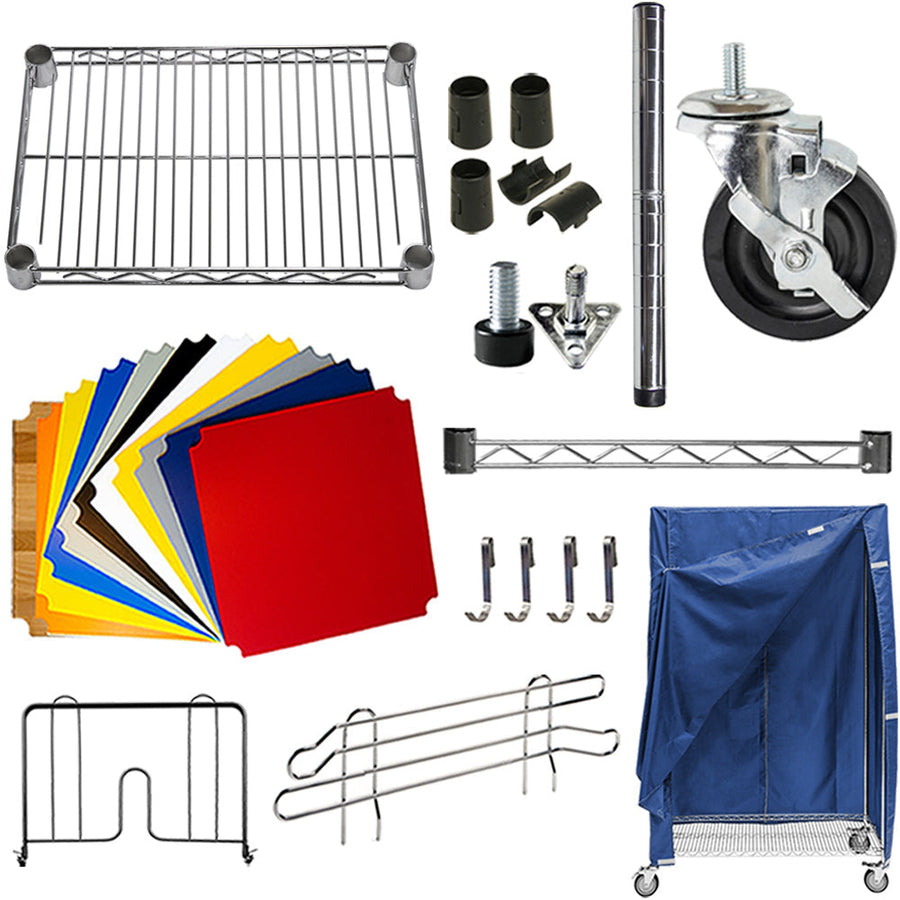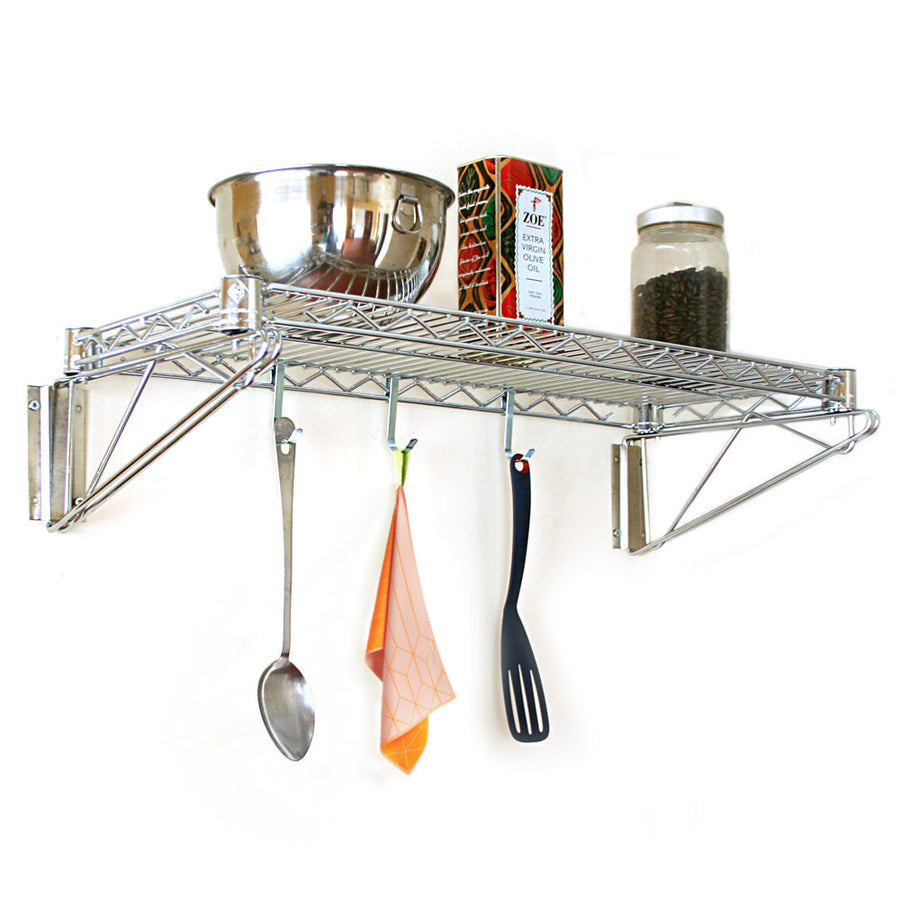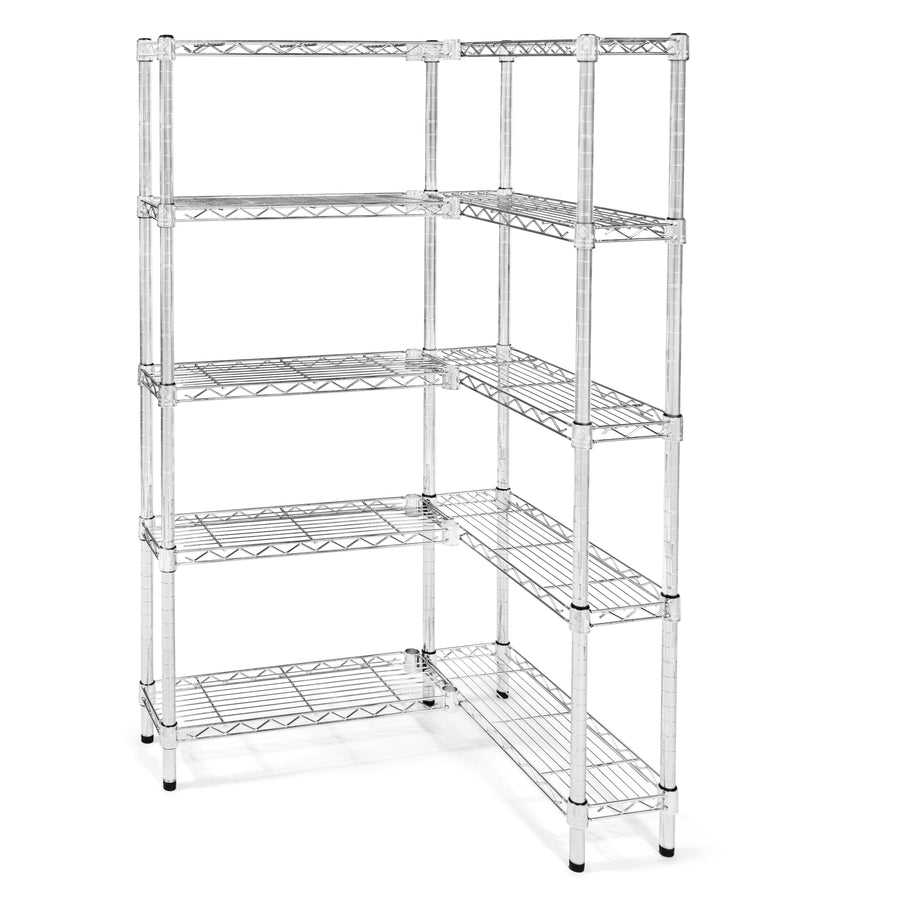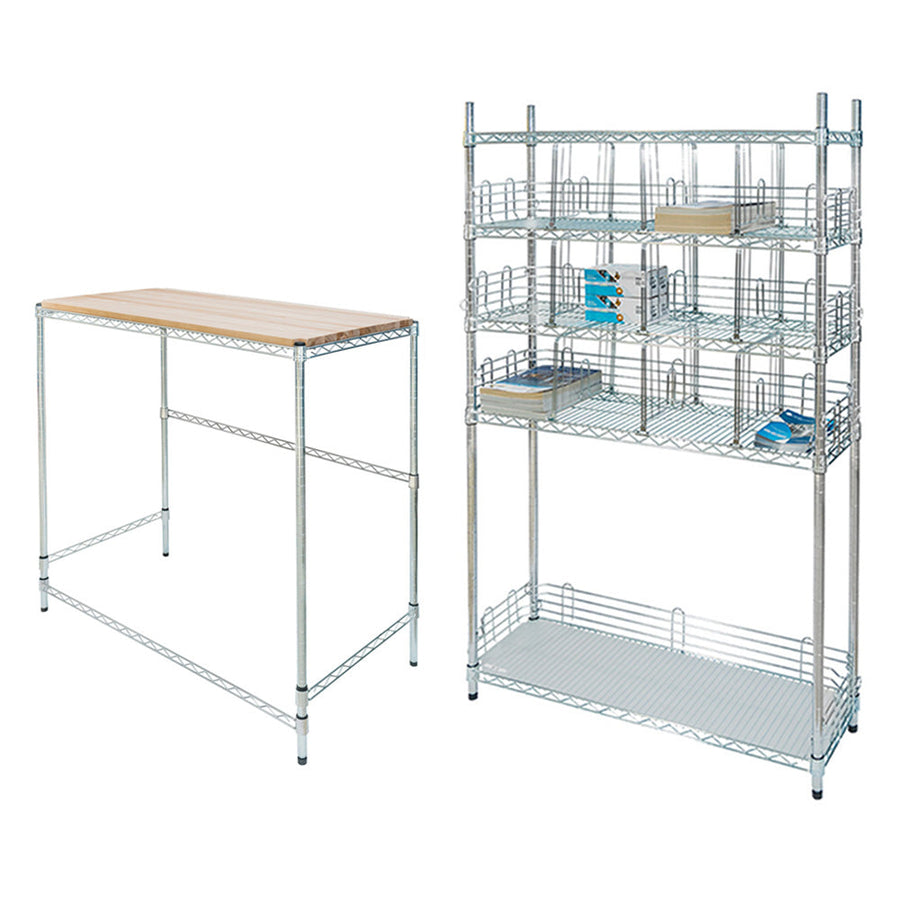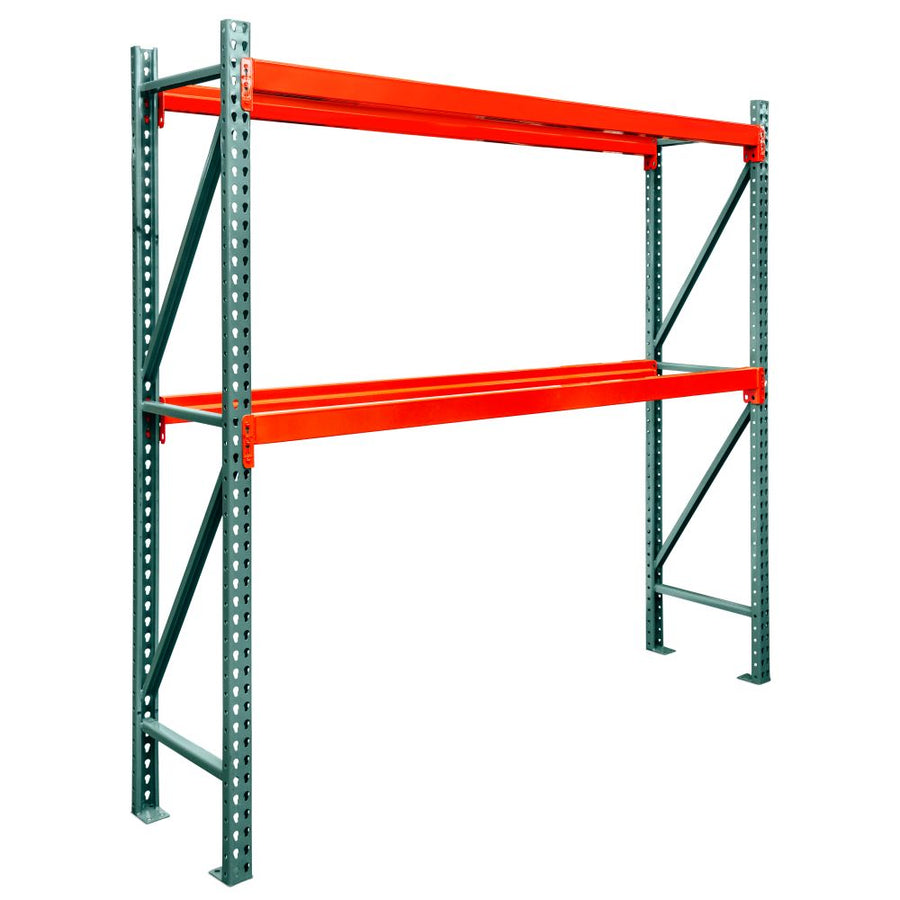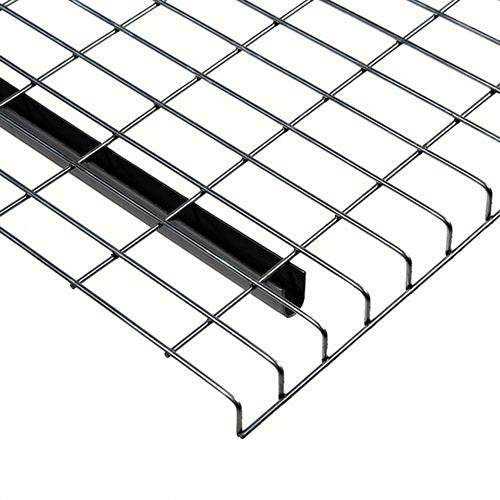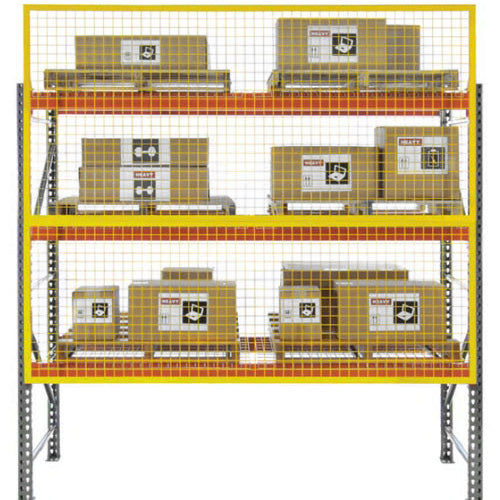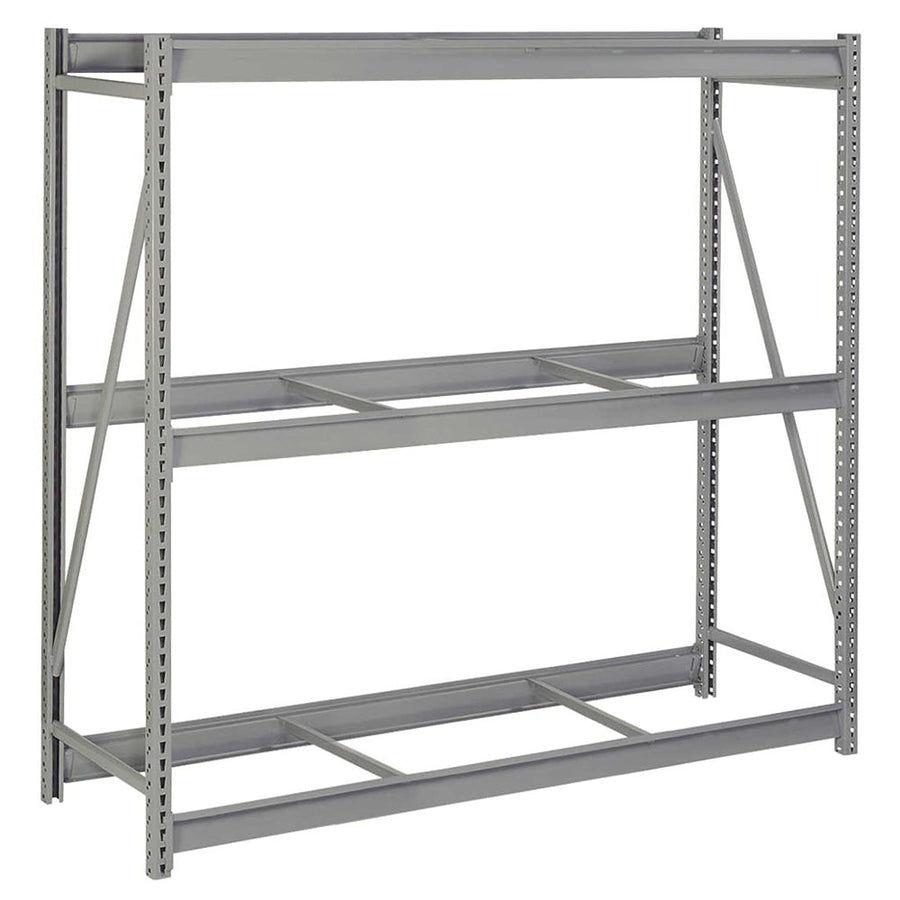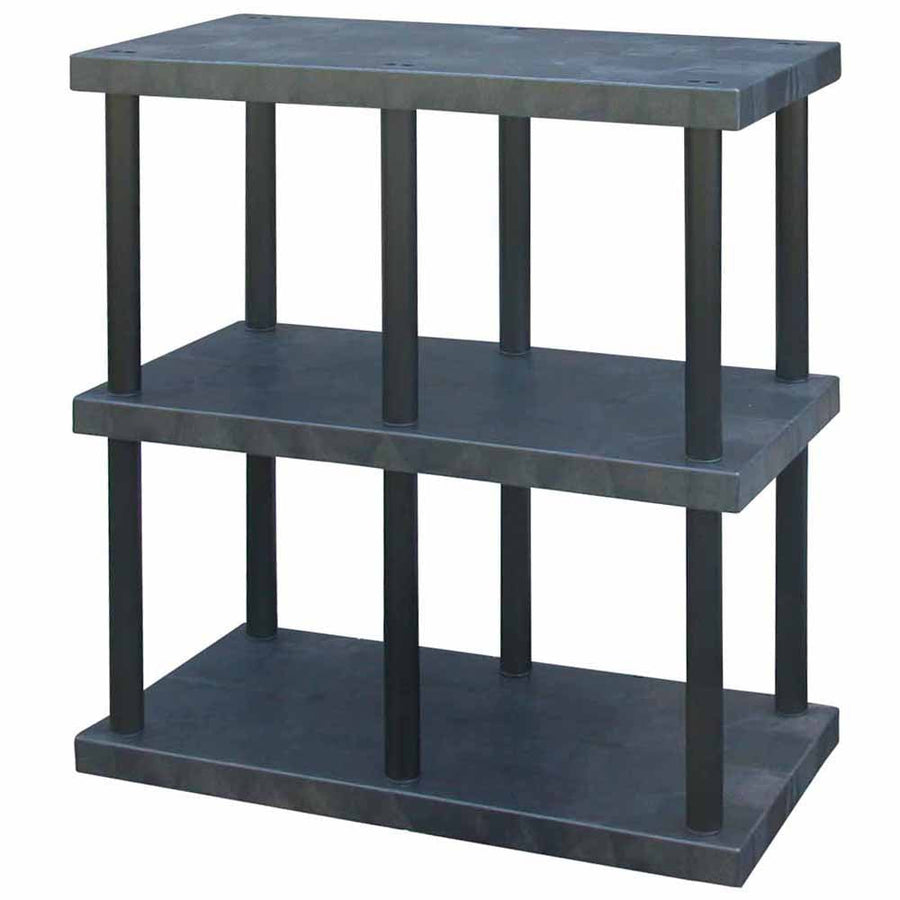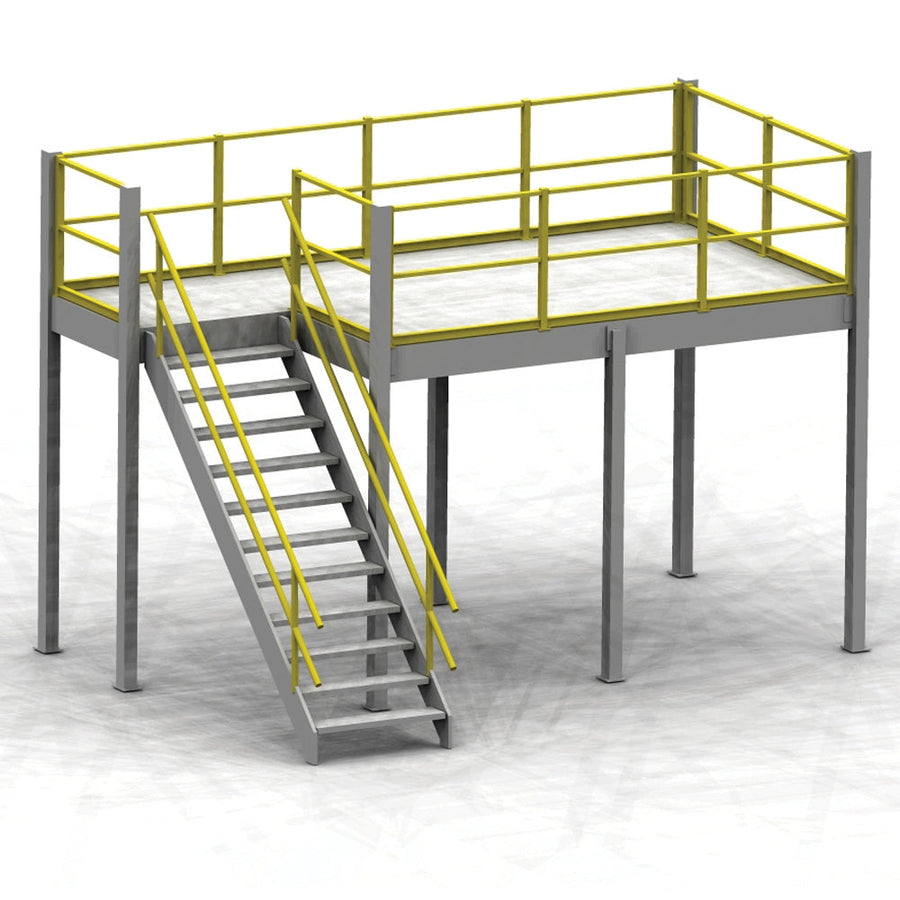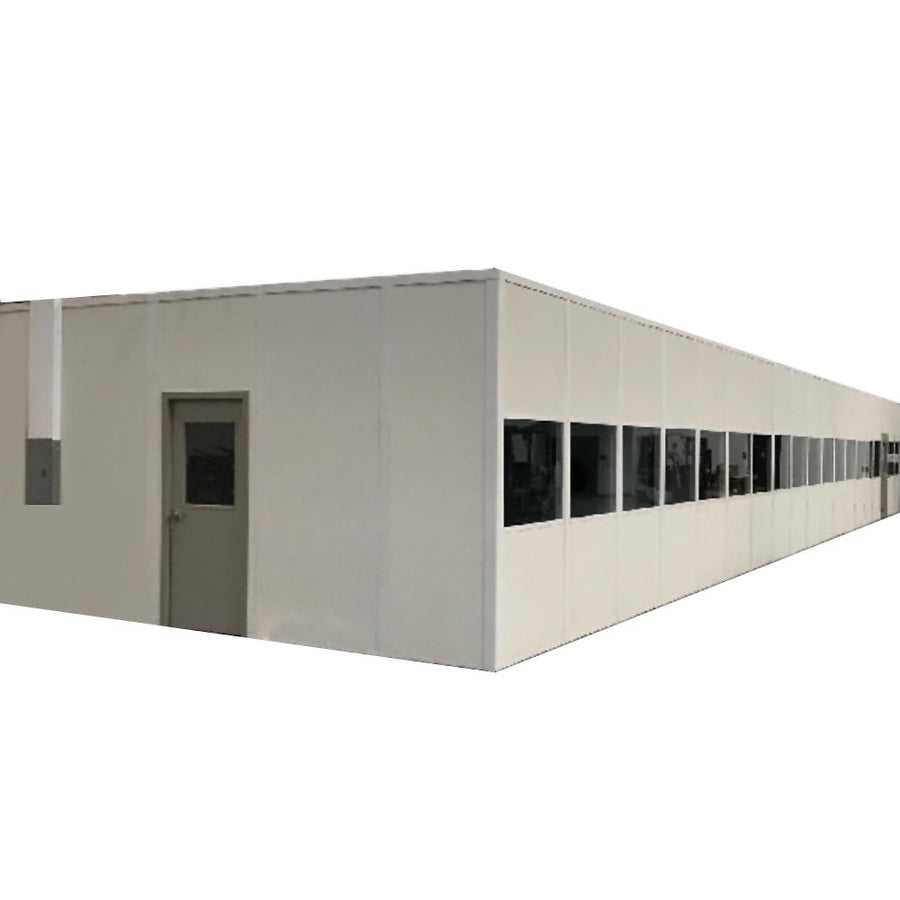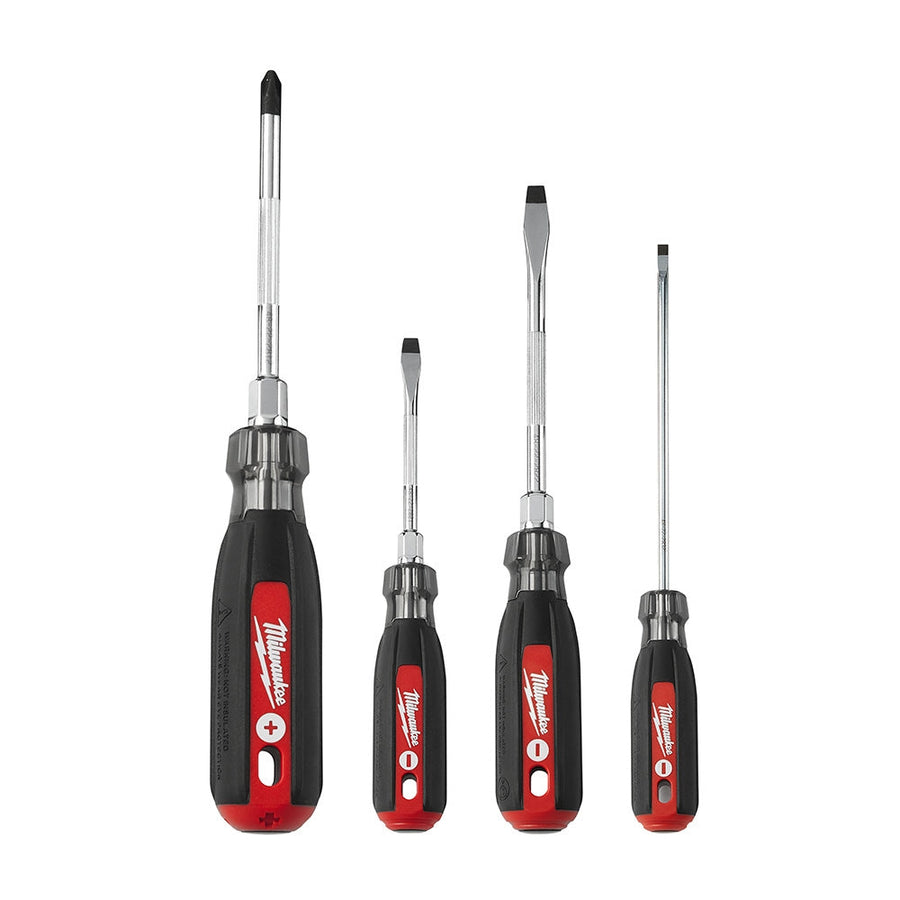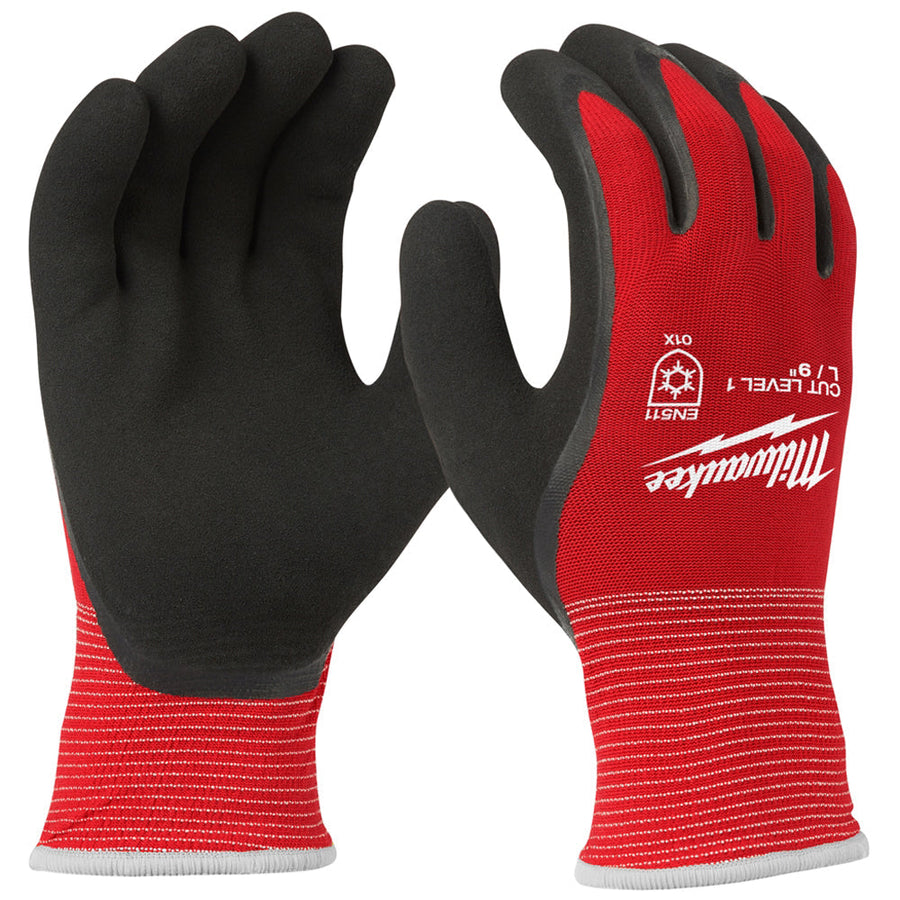As a business owner having inventory control issues, it can feel like you are facing an insurmountable obstacle. However, you are not alone, and the new year is the perfect time to gain control over your inventory.
Inventory control issues all come down to the same fundamental problems:
- There is an over excess of some products. This extra inventory and dead stock lead to decreased turnover and profitability.
- Other products are out of stock, resulting in backorders, lost sales, and dissatisfied customers.
- Poor inventory tracking where the actual number of products does not match what is in the system.
- The warehouse is disorganized, and it feels as if the inventory is controlling everything.
What is Inventory Control?
Inventory control is managing the existing inventory in your warehouse or stockroom. Which includes:
- Knowing the location, details, and quantity of each product.
- Making sure all merchandise is in usable condition and ready to ship.
- Minimizing the cost of order fulfillment with efficient storage methods.
How to Take Control of Your Inventory
1. Develop an approved stock list Deciding what not to stock comes down to 3 basic questions. Often items that fall in one of these three categories are not driving revenue, and the sale of other items supports the stocking of these products.
- Is it a repair part needed to support sales of other profitable units/items?
- Is it a product you must have in case a big-ticket customer needs it immediately?
- Is it "show stock," which is a product that does not sell frequently, but you think it displays the type and quality of your products?
2. Liquidate your stock Once you’ve determined what is actually stock and what has just been taking up space, get rid of the unwanted inventory. You may not like this step of the process but remember the products are only worth what a customer will pay for them. Most of these products are just taking space and costing you money anyway, so anything received above the cost of liquidation is a bonus. In liquidating, consider the following options:
- Move stock to another location where customers are more likely to purchase those items.
- Return the items to the vendor. The feasibility of this depends on the vendor and the fees associated with the return, but it is always worth investigating.
- Offer an incentive to customers and/or your sales force for these specific items.
- Donate the product to your local school or non-profit organization.
3. Minimize the cost of order fulfillment by re-organizing your warehouse The overall layout of your stock facility can significantly impact shipping efficiency and, therefore, your bottom line. Most people organize their warehouse according to the product category; all pants are together, all shirts are together, etc. This system is great when customers are shopping in-store. Grouping products by popularity and necessity can significantly increase efficiency when shipping orders.
- Use storage bins to place frequently-purchased items near the packing station to minimize the time between picking and packing.
- Items that are included in multiple units can be placed near the shipping station to make it easy to remember and decrease the time looking for them.
4. Size your primary storage location for each product If you carry products of varying sizes, you may not realize your more oversized items are taking up valuable real estate. Most people place their fast-moving items in an easily accessible location. However, if these are large items, they may be taking up a disproportionate amount of space in your most desirable storage areas.
- Consider sizing a primary storage location to stock enough supply for a specific amount of time. For example, if you know you'll sell ten heavy-duty items weekly, store enough for the week in your high-traffic areas. Restock that area from a secondary location once a week.
Click here for more information on inventory control and creating efficient inventory management.



